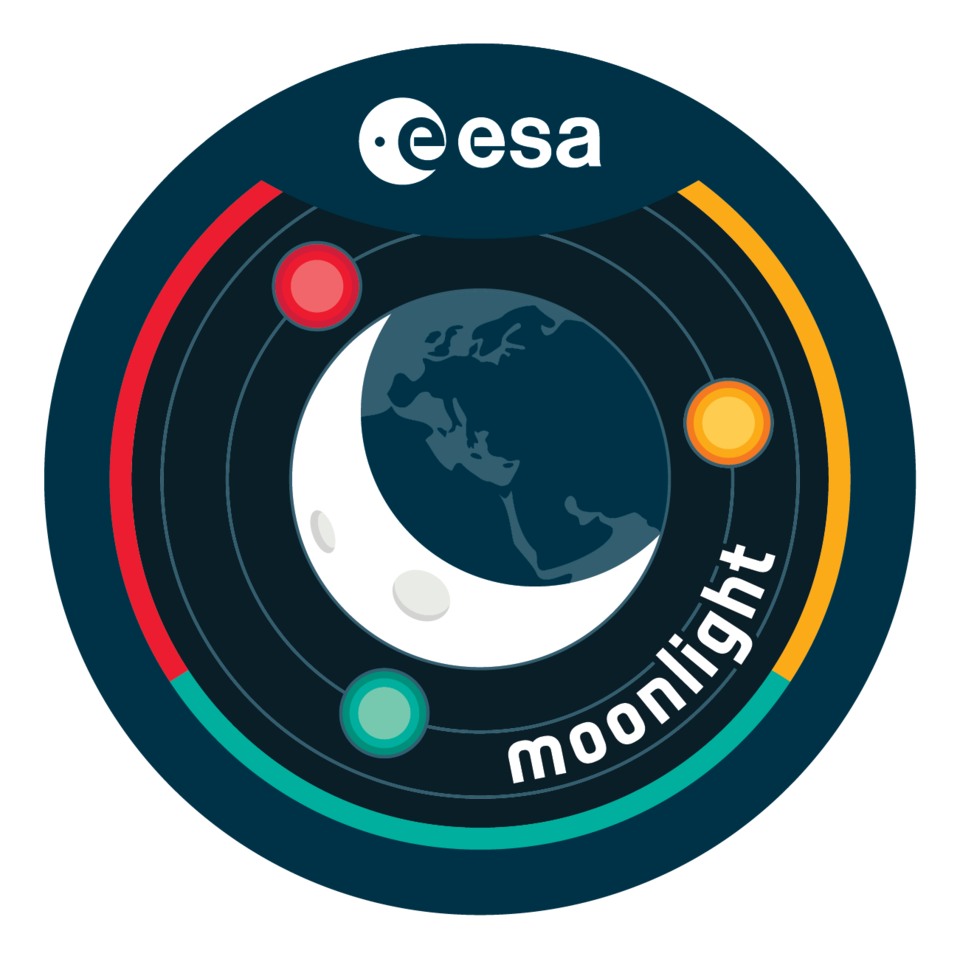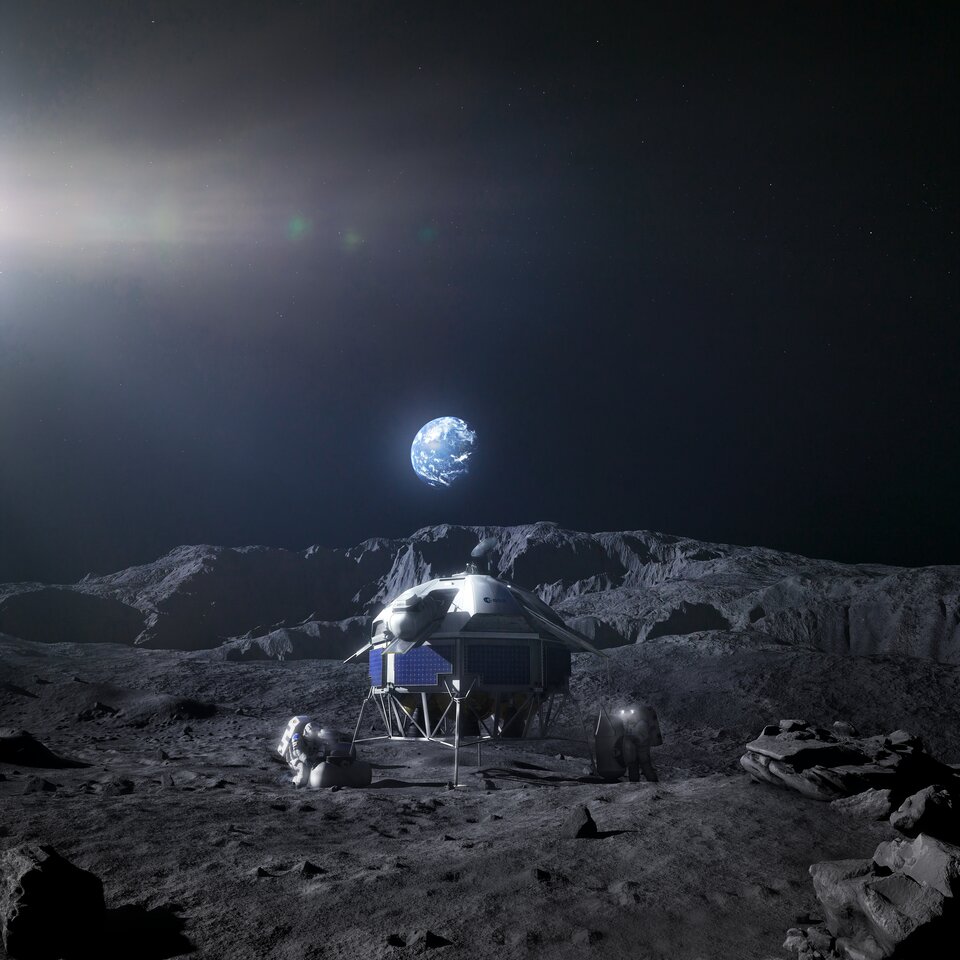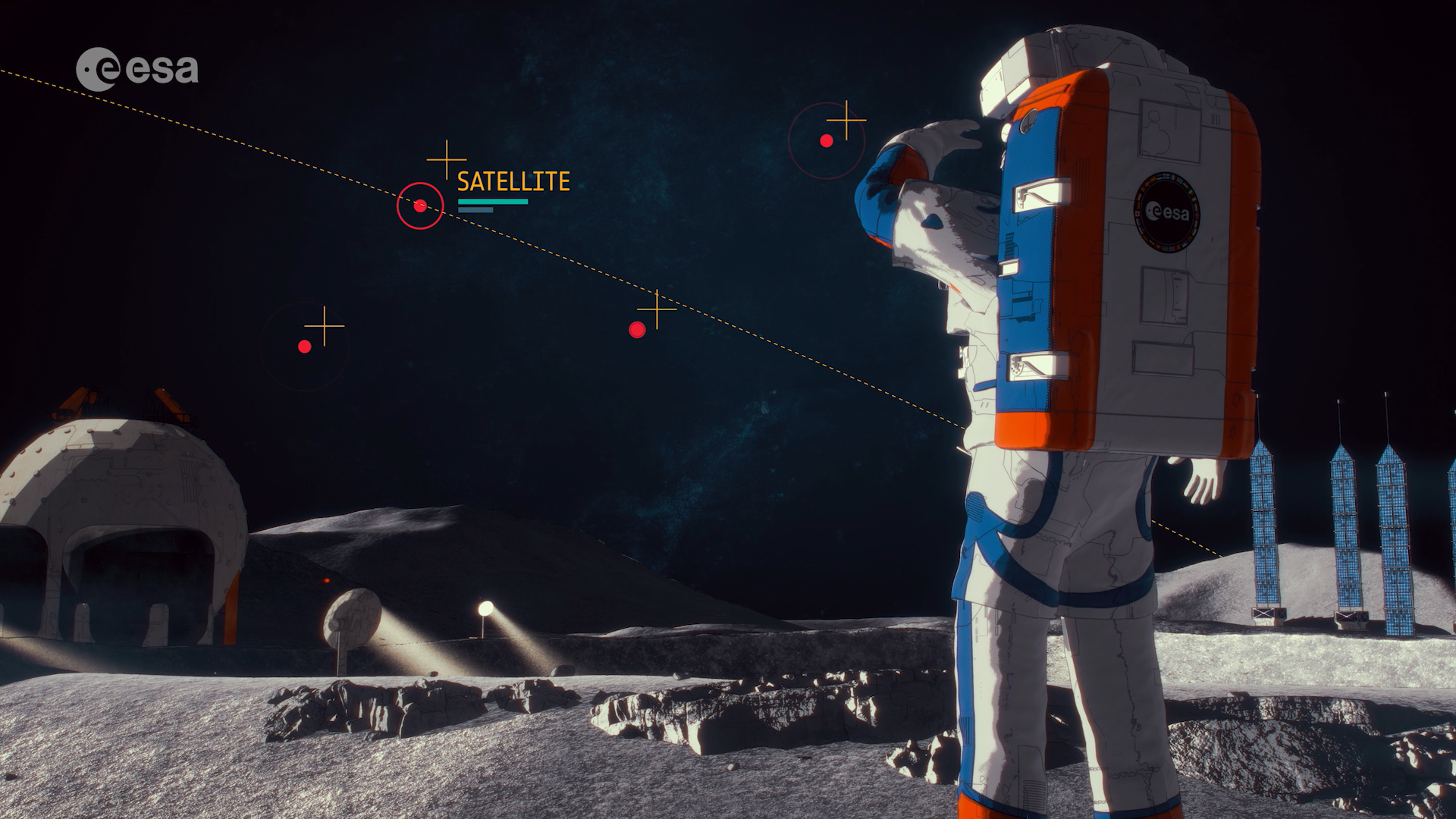1.03.2023

ESA is inviting private space companies in Europe and Canada to create a shared commercial telecommunication and navigation service for lunar missions by putting a constellation of satellites around the Moon.
Some 250 missions to the Moon are due to launch over the next decade alone, according to market analysists Northern Sky Research, which the company predicts will activate a €100 billion lunar economy, creating jobs and prosperity on Earth.
ESA will either lead or be an international partner in many of these lunar missions – robotic and crewed – including those that envisage a permanent lunar presence. Creating a shared telecommunications and navigation service for these missions would reduce design complexity and make them lighter and more cost efficient.

Under its Moonlight programme, ESA is inviting space companies to create these lunar services.
By acting as an anchor customer, ESA is enabling space companies involved in Moonlight to create a telecommunication and navigation service for the agency, while being free to sell lunar services and solutions to other agencies and commercial ventures.
Once Moonlight is in place, companies could create new applications in areas such as education, media and entertainment – as well as inspiring young people to study science, technology, engineering and maths, which creates a highly qualified future workforce.
ESA has now issued an invitation to tender for the work.
Almost 100 firms spanning the whole value chain have indicated that they are interested in becoming involved in the ambitious project.
ESA has a long history of lunar exploration and recently supplied the European Service Module that powered NASA’s Artemis I mission to the Moon. All future Artemis lunar missions will include ESA’s European Service Modules.
With ESA and other partners, NASA intends to build the lunar Gateway – an outpost in orbit around the Moon that will serve as the staging point for both robotic and crewed exploration of the lunar south pole. ESA will supply a habitat and refuelling elements for Gateway plus a communications module that will pave the way for Moonlight.
ESA has already initiated the Lunar Pathfinder project to provide initial communications services to early lunar missions, which will also help to prepare for the next stage of Moonlight. The Lunar Pathfinder will include a navigation payload demonstrator, which will allow positioning in lunar orbit using GPS and Galileo systems for the first time, and is due to launch from 2025 onwards.

ESA’s European Large Logistics Lander – a lunar lander called Argonaut that could be used to supply the proposed lunar village or deliver scientific missions to the Moon’s surface – is also being designed so that it can use the Moonlight constellation for telecommunications and navigation.
Science missions using Moonlight will be able to live stream high-quality video, increasing the volume of data and the speed of transfer, and thus enabling better science to be done.
Lunar rovers equipped with Moonlight receivers will be able to navigate autonomously with high accuracy on the lunar surface, enhancing mission opportunities and potential applications, and lowering their associated risk and cost.


